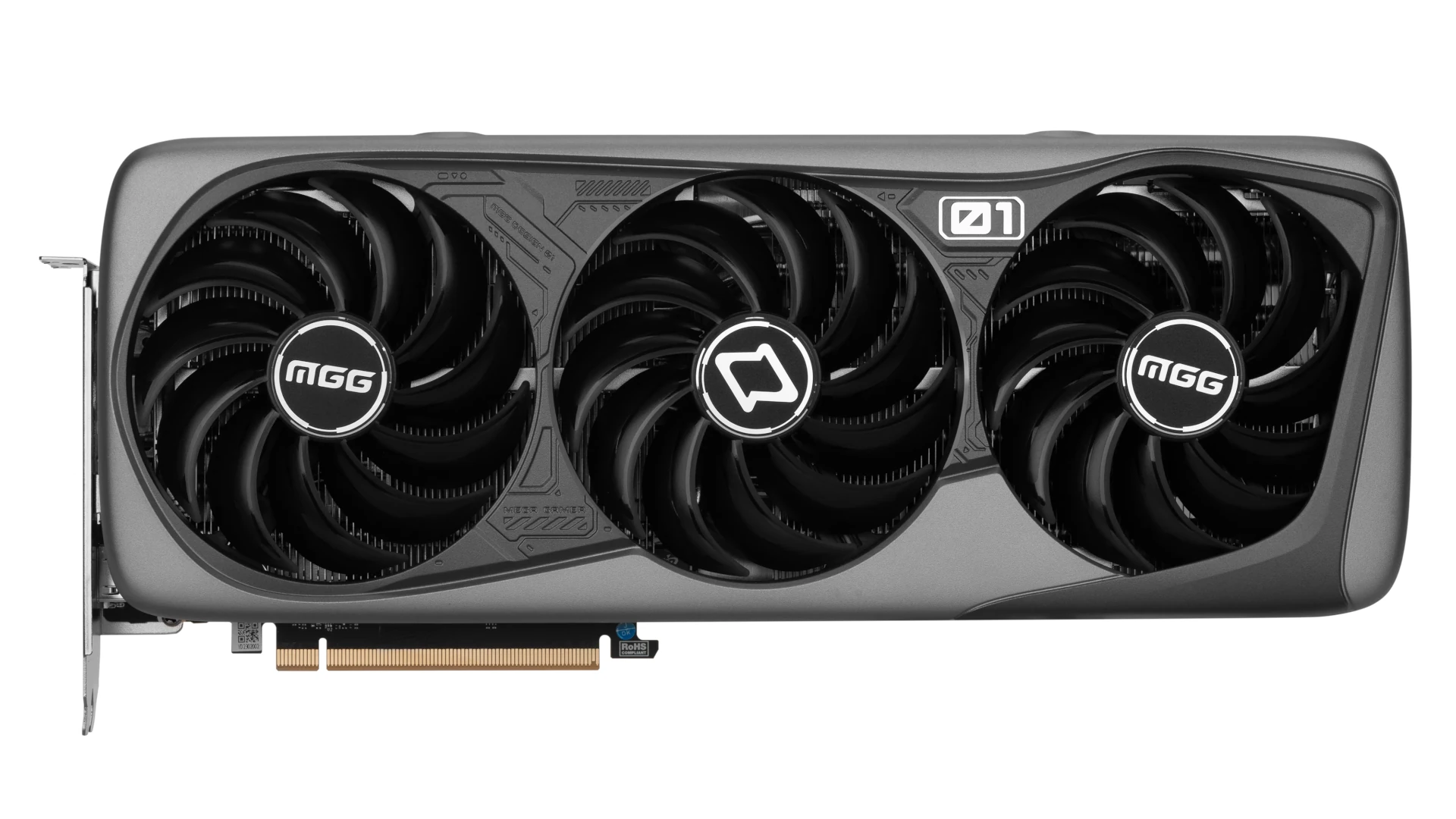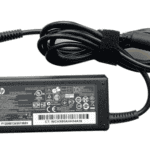The AMD Ryzen 7 9800X3D has quickly become a top contender for gaming CPUs, thanks to its 3D V-Cache technology that delivers exceptional performance in gaming workloads. Its efficient architecture and high core count ensure minimal bottlenecks, even when paired with some of the most powerful GPUs available today. But choosing the right graphics card is crucial to fully unlock the processor’s potential, especially with the arrival of NVIDIA’s RTX 50 Series and AMD’s upcoming RX 9000 Series.
In this guide, we’ll rank the best GPUs for the Ryzen 7 9800X3D, considering gaming performance, future-proofing, and value for your money.
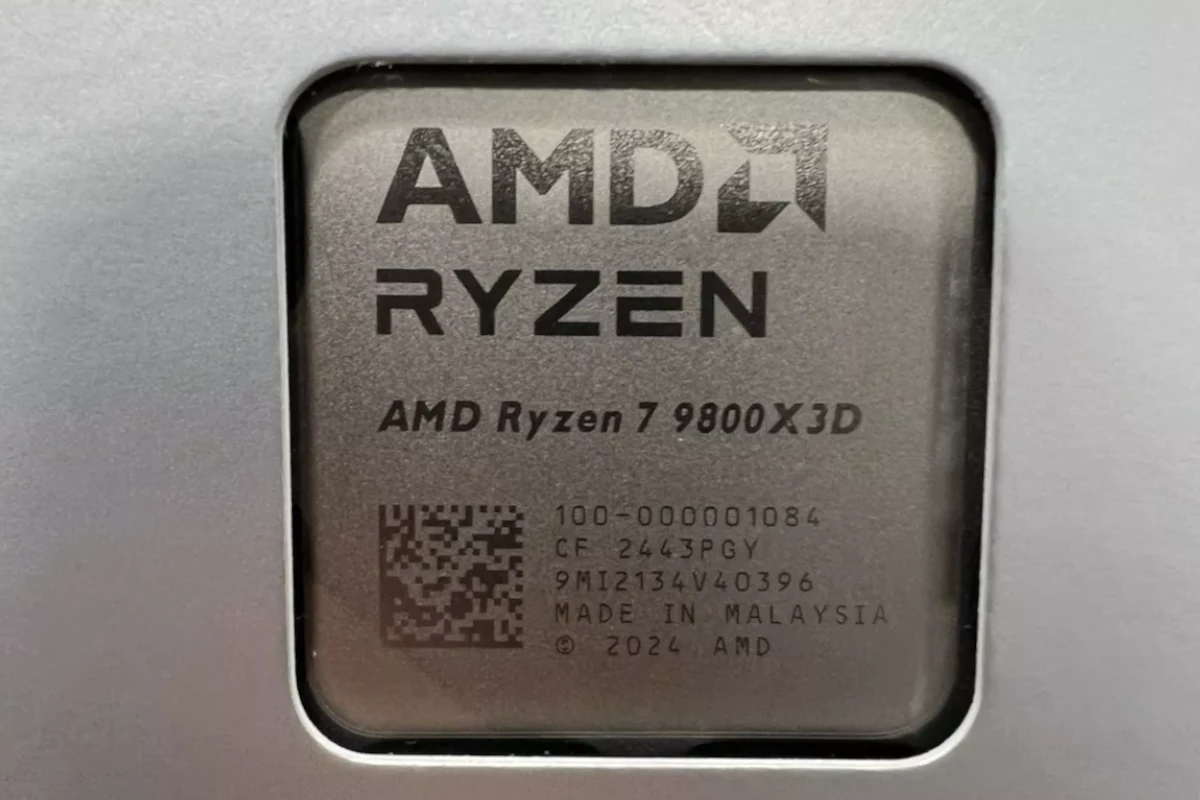
Here’s the table summarizing the top 5 GPUs for the AMD Ryzen 7 9800X3D:
| GPU Model | Architecture | VRAM | AI Features | Performance Focus | Price (USD) |
|---|---|---|---|---|---|
| NVIDIA GeForce RTX 5090 | Blackwell | 32GB GDDR7 | DLSS 4, Multi Frame Gen | 4K/8K gaming, VR, content creation | $1,999 |
| NVIDIA GeForce RTX 5080 | Blackwell | 16GB GDDR7 | DLSS 4, Multi Frame Gen | 1440p/4K gaming | $999 |
| AMD Radeon RX 9070 XT | RDNA 4 | 20GB GDDR6 | FSR 4, Radeon Anti-Lag+ | 1440p gaming, ray tracing | $799 |
| NVIDIA GeForce RTX 5070 Ti | Blackwell | 12GB GDDR7 | DLSS 4, Multi Frame Gen | 1440p high-refresh, moderate 4K | $749 |
| AMD Radeon RX 7900 XTX | RDNA 3 | 24GB GDDR6 | FSR 3 | 4K gaming, rasterized workloads | $899 |
1. NVIDIA GeForce RTX 5090 – The Ultimate Powerhouse
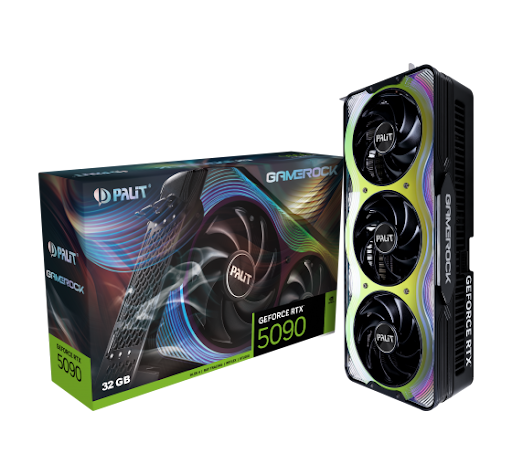
NVIDIA’s flagship RTX 5090 leads the pack, built on the new Blackwell architecture. With 32GB of GDDR7 memory, DLSS 4, and Multi Frame Generation, it sets a new standard for 4K gaming. Benchmarks suggest up to 30% performance gains over the RTX 4090 in demanding titles like Cyberpunk 2077 and Alan Wake 2.
- Performance: Unmatched 4K and 8K gaming capabilities.
- VRAM: 32GB GDDR7 for high-resolution textures.
- AI Features: DLSS 4 with improved frame generation.
- Price: $1,999 (Premium Tier)
The RTX 5090 is perfect for gamers who want maximum performance and are willing to pay a premium. With the Ryzen 7 9800X3D’s efficient threading, you won’t experience CPU bottlenecks even at ultra-high settings.
Ideal for: 4K gaming, VR applications, and content creation.
2. NVIDIA GeForce RTX 5080 – High-End Performance at a Lower Price
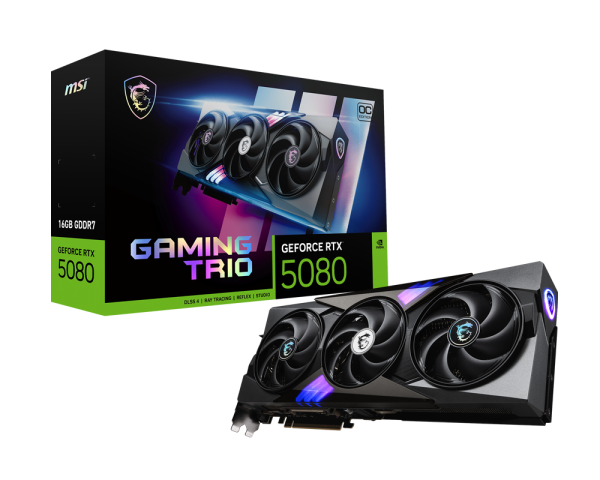
The RTX 5080 offers flagship-like performance at a more accessible price point. Equipped with 16GB of GDDR7 memory and the same Blackwell advancements as the RTX 5090, it’s an excellent match for the Ryzen 7 9800X3D, especially for high-refresh 1440p gaming.
- Performance: Near-flagship performance for less.
- VRAM: 16GB GDDR7.
- AI Features: DLSS 4 with Frame Generation.
- Price: $999 (High-End Tier)
This GPU strikes a balance between power and cost, outperforming the RTX 4080 Super by 20% in recent synthetic benchmarks.
Ideal for: Competitive 1440p gaming and entry-level 4K performance.
3. AMD Radeon RX 9070 XT – RDNA 4’s Next-Gen Contender
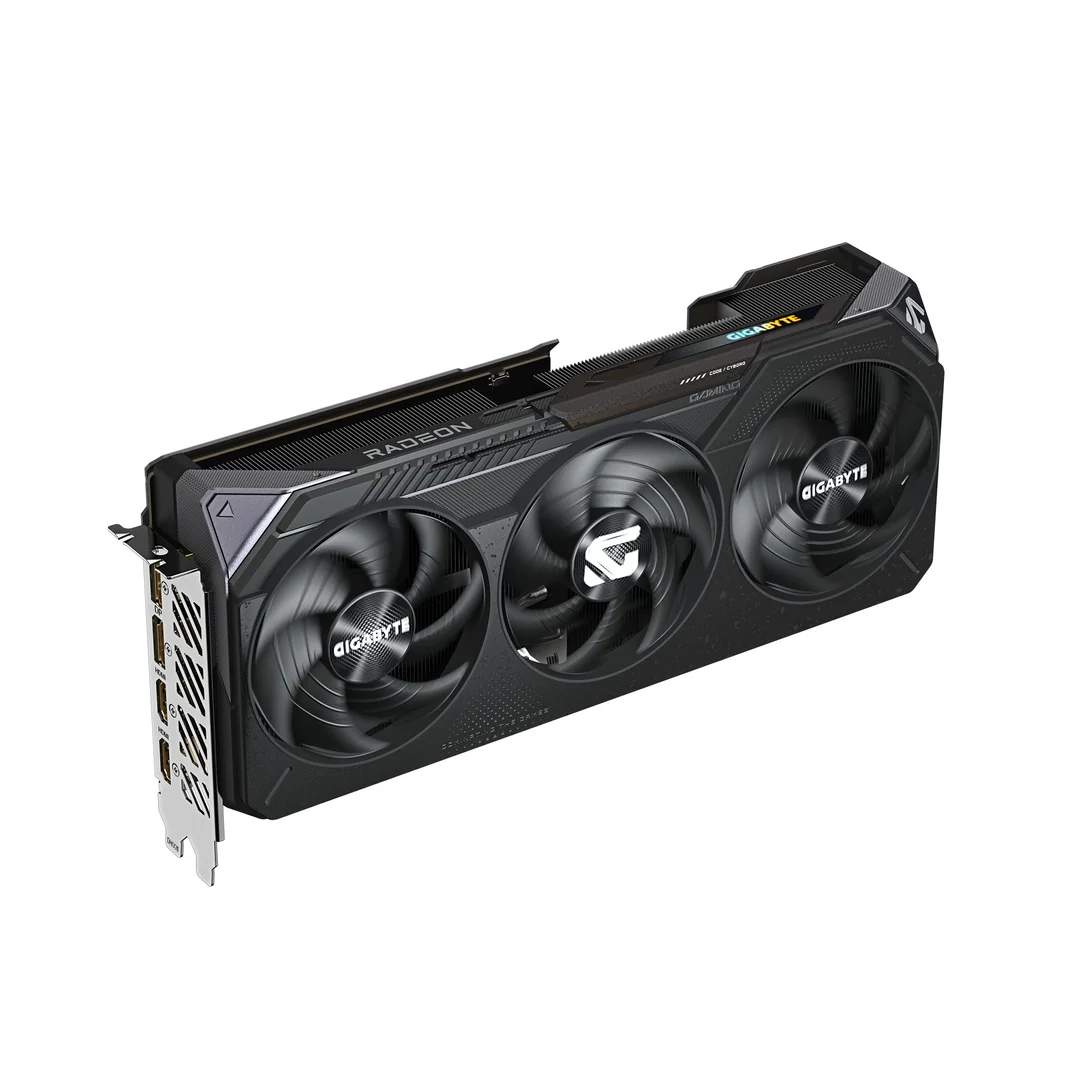
AMD’s RDNA 4 architecture introduces the RX 9070 XT, designed to deliver competitive ray tracing performance and AI-driven enhancements. With 20GB of GDDR6 memory and hardware-accelerated AI cores, this card targets the upper mid-range segment.
- Performance: Expected 15-20% boost over the RX 7900 XTX.
- VRAM: 20GB GDDR6.
- AI Features: FSR 3 and Radeon Anti-Lag+.
- Price: Estimated $799 (Upper Mid-Tier)
Paired with the Ryzen 7 9800X3D, the RX 9070 XT promises smooth performance in demanding titles like Starfield and Baldur’s Gate 3, making it a strong contender for AMD loyalists.
Ideal for: 1440p gaming with solid ray tracing capabilities.
4. NVIDIA GeForce RTX 5070 Ti – Mid-Tier Marvel
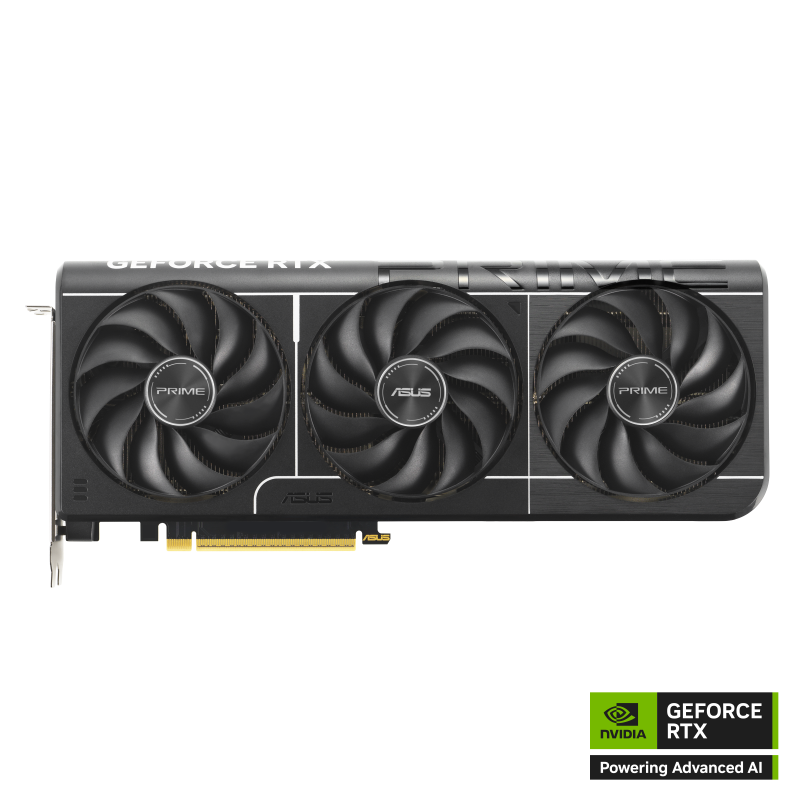
If you’re seeking high-end performance without overspending, the RTX 5070 Ti is an attractive option. Its 12GB of GDDR7 memory and DLSS 4 capabilities make it an ideal pairing for the Ryzen 7 9800X3D, particularly for 1440p gaming.
- Performance: Smooth 1440p and capable of 4K gaming.
- VRAM: 12GB GDDR7.
- AI Features: DLSS 4 with Multi Frame Generation.
- Price: $749 (Mid-Tier)
This GPU also introduces more efficient power consumption, reducing heat and energy use compared to previous-gen models.
Ideal for: High-refresh 1440p gaming and moderate 4K settings.
5. AMD Radeon RX 7900 XTX – Last-Gen Champion
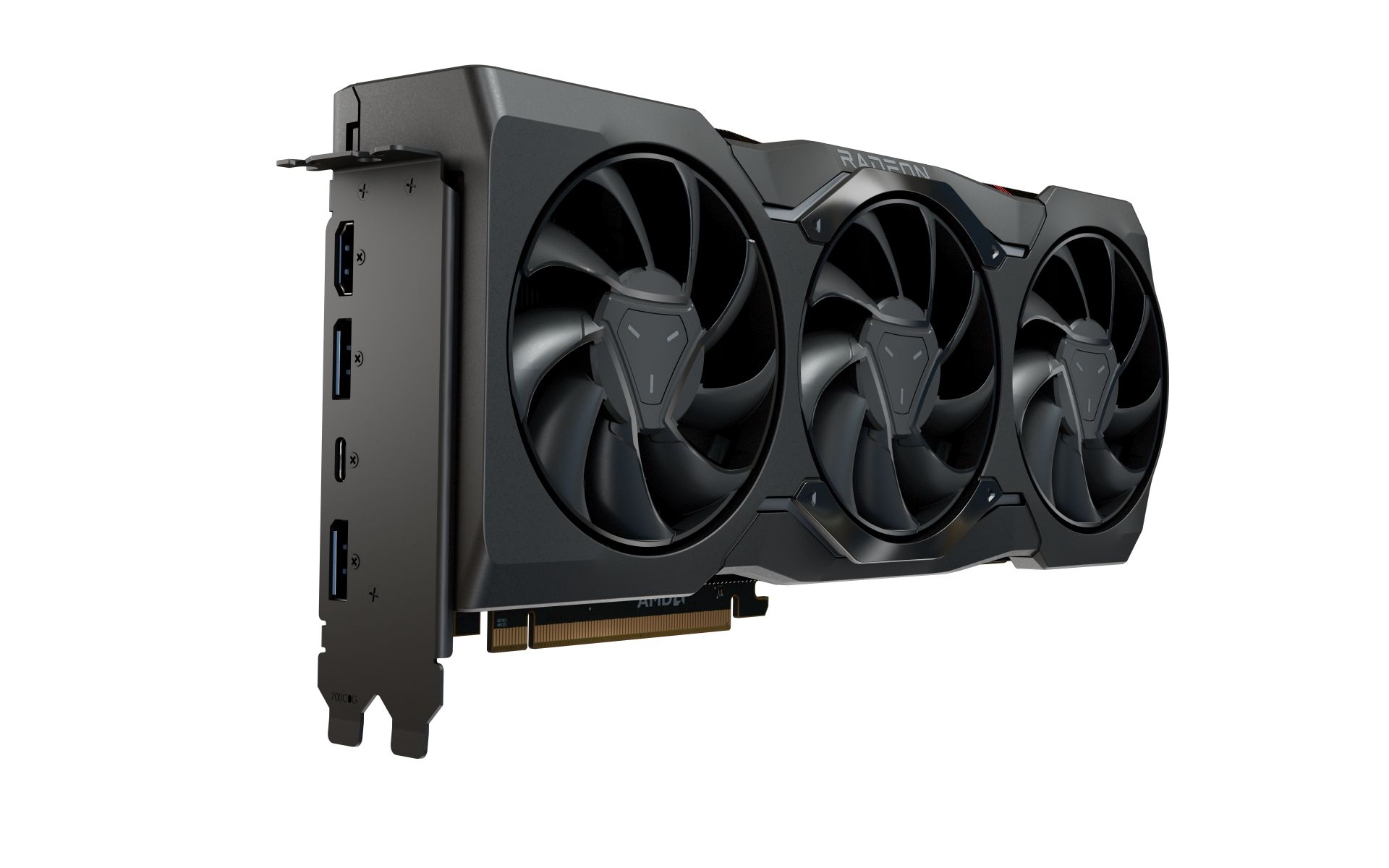
While it’s from the previous generation, the RX 7900 XTX remains a powerful GPU, particularly with its 24GB of GDDR6 memory. Built on RDNA 3, this card delivers excellent performance in rasterized workloads and competitive ray tracing capabilities.
- Performance: Solid 4K performance.
- VRAM: 24GB GDDR6.
- AI Features: FSR 2 with broad game support.
- Price: $899 (Previous-Gen Value)
Thanks to driver optimizations and competitive pricing, the RX 7900 XTX remains a reliable option for gamers who prioritize raw performance without breaking the bank.
Ideal for: Budget-conscious 4K gamers.
Final Verdict: Finding the Right Match
The Ryzen 7 9800X3D’s gaming-oriented design makes it versatile enough to pair with any of the GPUs listed above. Here’s a quick recommendation:
- For 4K Ultra and VR: Go for the RTX 5090.
- For 1440p High-Refresh: Opt for the RTX 5080 or RX 9070 XT.
- For Mid-Tier Value: The RTX 5070 Ti is the sweet spot.
- For Budget-Friendly Power: The RX 7900 XTX still holds up well.
With these options in mind, your Ryzen 7 9800X3D build will be well-equipped to handle modern and upcoming gaming workloads for years to come.
Other GPUs To Consider
While the GPUs mentioned above offer the best performance for the Ryzen 7 9800X3D, several other options deserve consideration, especially for those with specific use cases or tighter budgets.
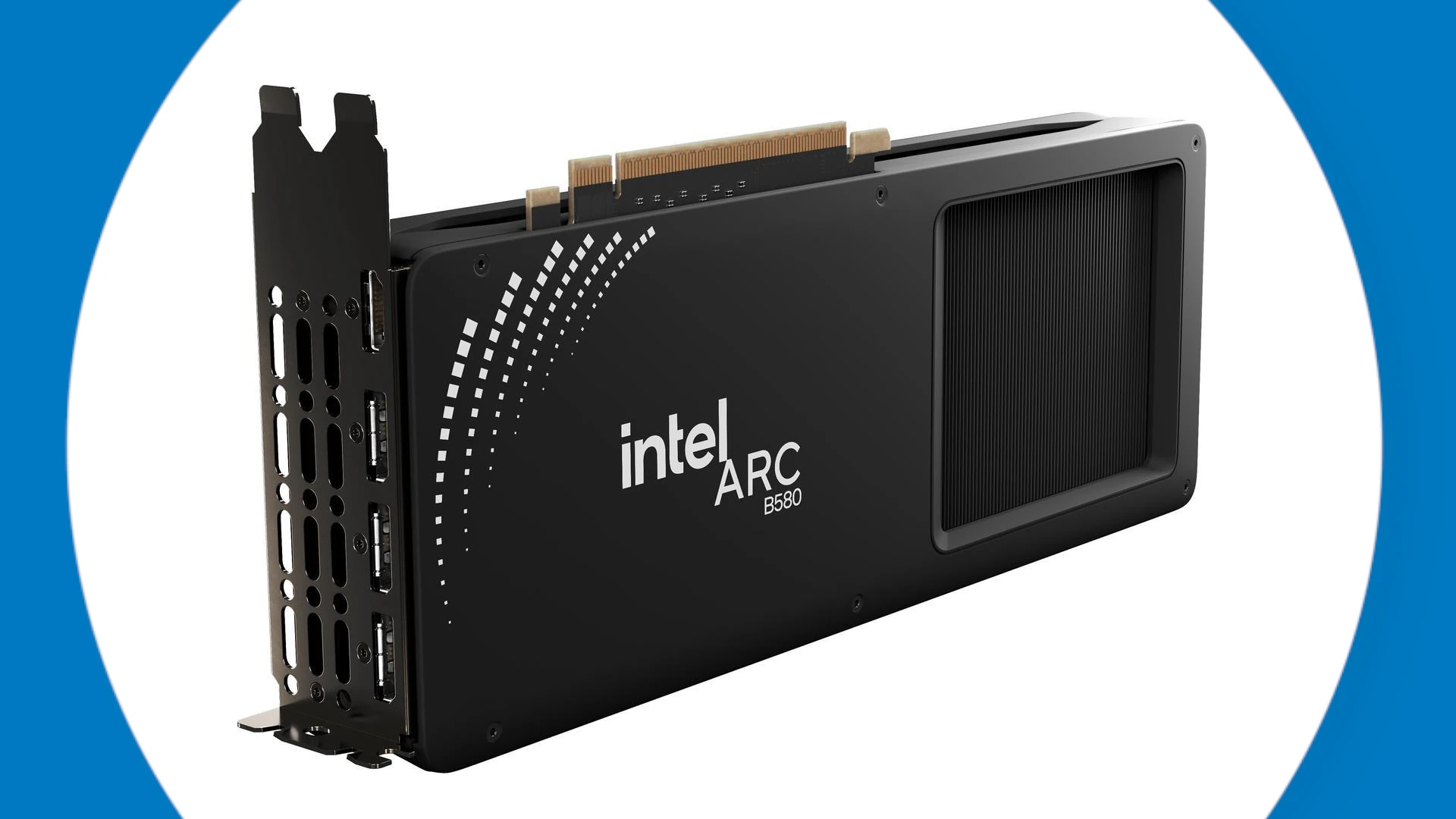
- Intel Arc B580 Series: Known for competitive performance in budget gaming builds, the Arc B580 series provides solid 1080p performance and modern features like XeSS for AI-driven upscaling.
- NVIDIA GeForce RTX 4060: A great choice for casual gamers focused on 1080p gaming, offering ray tracing and DLSS 3 support at a more accessible price.
- NVIDIA GeForce RTX 4070 Ti Super: A capable performer for 1440p gaming with strong ray tracing capabilities and DLSS 3.5 enhancements.
- AMD Radeon RX 7800 XT: An excellent option for high-refresh 1440p gaming with RDNA 3 architecture and competitive pricing.
- AMD Radeon RX 7700 XT: A cost-effective solution for 1440p gaming with efficient power consumption and solid rasterization performance.
- NVIDIA GeForce RTX 3060 Ti: Still relevant for 1080p and some 1440p gaming workloads, especially with DLSS enabled.
These GPUs provide viable alternatives for different budgets and performance needs, ensuring the Ryzen 7 9800X3D can deliver exceptional gaming experiences across various resolutions and workloads.
Key Takeaways
- The RTX 4080 Super provides optimal price-to-performance value for gaming with the 9800X3D
- Next-generation graphics cards like the RTX 5090 work without bottlenecking on the 9800X3D
- High-end options include the RTX 4090 and RX 7900 XTX for maximum gaming performance
Evaluating GPU Performance Metrics for AMD Ryzen 7 9800X3D
The Ryzen 7 9800X3D processor’s powerful gaming capabilities pair exceptionally well with high-end graphics cards, with specific power and memory requirements needed for optimal performance.
Understanding Compatibility and PSU Requirements
High-end GPUs like the RTX 5090 and RTX 4090 need robust power supplies. A minimum 1000W PSU is essential for the RTX 4090, while the RTX 5090 may require up to 1200W.
Total Graphics Power (TGP) varies significantly:
- RTX 5090: Expected 600W+
- RTX 4090: 450W
- RTX 4080 Super: 320W
- RX 7900 XTX: 355W
Power delivery requires PCIe 5.0 or multiple 8-pin connectors depending on the GPU model. Quality PSU cables and proper airflow management are crucial for stable operation.
Analyzing Gaming and Productivity Workloads
The RTX 4090 demonstrates exceptional 4K gaming performance with the 9800X3D’s 3D V-Cache technology. Frame rates exceed 144 FPS in most modern titles.
CUDA cores and Ray Tracing capabilities vary by model:
- RTX 5090: Expected 18,000+ CUDA cores
- RTX 4090: 16,384 CUDA cores
- RTX 4080 Super: 10,240 CUDA cores
DLSS 3.5 technology provides significant FPS boosts in supported games. Content creation tasks benefit from larger VRAM pools and increased bandwidth.
Impact of Memory Technologies on Performance
Memory specifications play a crucial role in GPU performance:
VRAM Configurations:
- RTX 5090: Expected 32GB GDDR6X
- RTX 4090: 24GB GDDR6X
- RTX 4080 Super: 16GB GDDR6X
- RX 7900 XTX: 24GB GDDR6
The memory bus width and bandwidth affect gaming at high resolutions. GDDR6X offers superior bandwidth compared to standard GDDR6, especially important for 4K gaming and AI workloads.
Overclocking potential depends on memory thermal management and power delivery systems. The 9800X3D’s cache design complements faster memory speeds for reduced latency.
Diving into Next-Gen and Last-Gen Graphics Card Comparisons
Next-generation GPUs bring significant performance improvements across resolutions, with the RTX 5090 leading in raw power while the previous generation offers better value for specific gaming scenarios.
Comparing Nvidia’s RTX 5000 Series to Previous Generations
The RTX 5090 delivers 35% faster performance than the RTX 4090 in 4K gaming. This performance gain comes from improved ray tracing cores and enhanced DLSS technology.
Power efficiency has improved, with the RTX 5080 using 320W compared to the RTX 4080 Super’s 350W while delivering better frame rates.
Frame generation technology shows notable improvements in the 5000 series, reducing latency by 40% compared to the previous generation.
AMD Radeon RX 7000 Series Versus RX 9000 Insights
The RX 7900 XTX remains competitive with its strong ray tracing capabilities, though it sits below Nvidia’s top offerings in raw performance.
FSR 3.0 technology has improved frame generation, making both generations viable for high-refresh-rate gaming at 1440p.
The upcoming RX 9070 XT aims to challenge the RTX 5070 in the mid-range segment, with early benchmarks showing promising results for 1440p gaming.
Real-World Gaming Scenarios: AAA Titles and Resolutions
At 4K resolution, the RTX 5090 maintains 120+ FPS in demanding titles like Cyberpunk 2077 with full ray tracing enabled.
The RTX 4080 Super offers excellent 1440p performance, hitting 165+ FPS in most AAA games with DLSS enabled.
Game Performance Matrix:
- 4K Gaming: RTX 5090 > RTX 4090 > RX 7900 XTX
- 1440p Gaming: RTX 5080 > RTX 4080 Super > RX 7900 XT
- 1080p Gaming: All cards exceed 240 FPS in most titles
These cards pair exceptionally well with the Ryzen 7 9800X3D’s Zen 4 architecture, minimizing CPU bottlenecks in high-refresh-rate scenarios.

